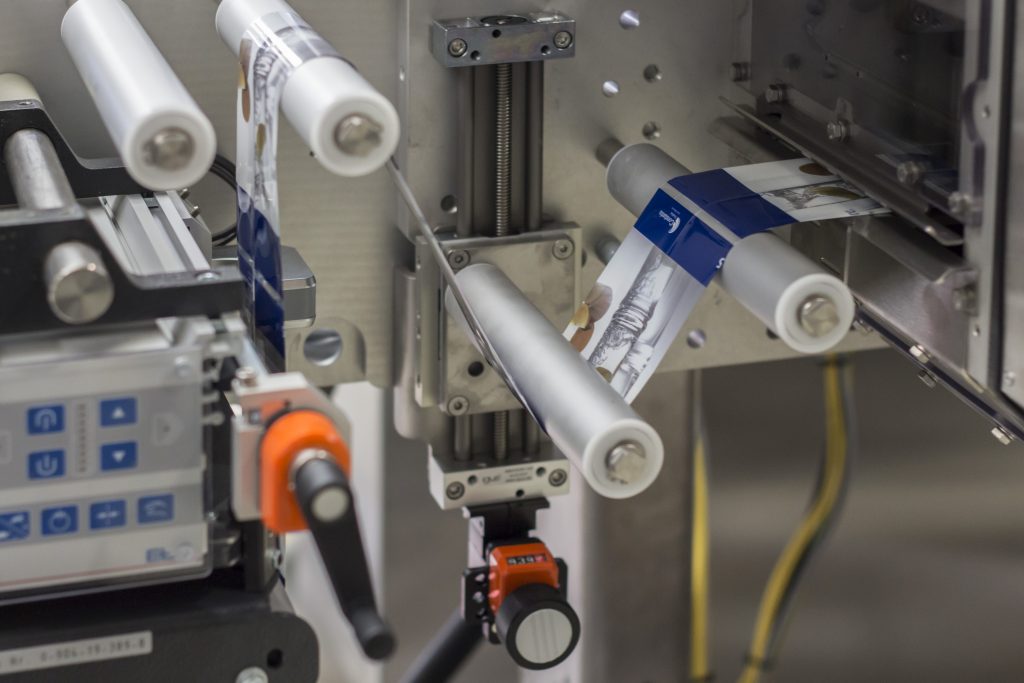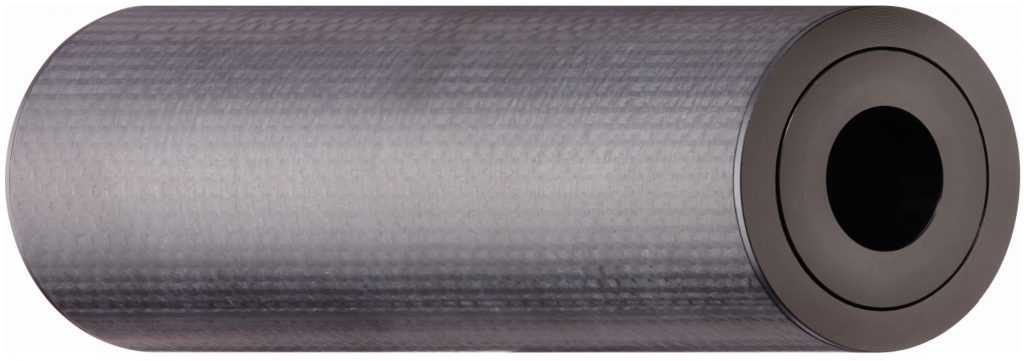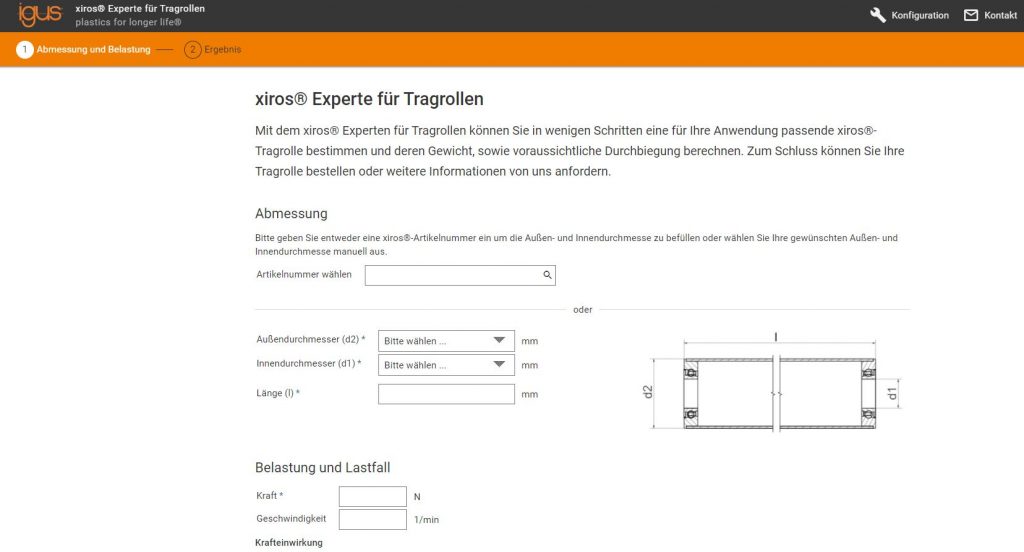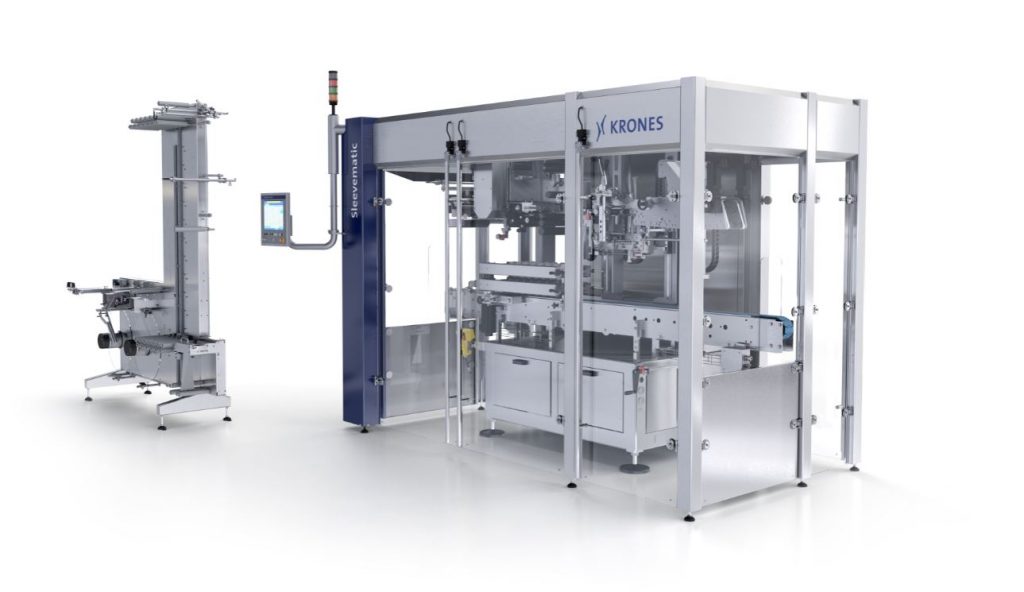How the weight of dancer rollers can be reduced at film deflection points
Bastian Mehr | 27. March 2020
Weight is constantly what people are worried about. How can I eliminate unnecessary weight and reduce the drive forces I need? Or, simply, how can I reduce my system’s weight?
The undertaking is often not easy and requires compromises or the use of expensive special materials or technologies. But that is not always necessary.

Dancer rollers that are too heavy
When I examine this issue in the area of labelling technology, the focus is often on the weight of film guide rollers, also know as dancer rollers. The function of these rollers is feeding film or labels into the machine. Because this is a very dynamic process, the carrier tape must be deflected multiple times and dancer rollers used to maintain basic tension. This buffers the fast pull-off movements. The dancer roll often hangs on the film, and its weight maintains film tension.
Weight is very important here. Without slight pretension, the film would not unroll cleanly – it would shift laterally. But if the roller is too heavy, too much load will be applied to the film, damaging it. The additional load will also have to be moved, requiring greater drive power. Stronger drives will be necessary, requiring more energy.
Ready-to-install film guide rollers
It is at just this point that the best compromise that can meet both requirements is necessary. Here, we have considered our approach and included film guide rollers based on our xiros® ball bearing product range in our standard range. We have optimally combined the advantages of these products.

The biggest advantage of xiros® ball bearings is doubtless the fact that they are lubrication-free, so their breakaway torque is much lower than lubricated metallic bearing solutions. Combined with the lower weight of polymer ball bearings, this already delivers a great advantage. The flexibility in the ball bearings allows us to combine them with a wide variety of materials for the rollers themselves. Here, we have something for any application, from the “simple standard” combined with an anodised aluminium tube to stainless steel tubes to blue food-grade PVC tubes to carbon tubes for weight minimisation.

The various ball bearing materials allow a number of combination options. Special bearings with a projecting flange that prevents the film from jumping over can also be used. Lengths and diameters are also very flexible – we have a wide range of standard bearings to draw on.
To make the guide rollers even easier to install, we offer them as individually tailored, ready-to-install compete systems with axis.
The right surface finish
Another important element is the roller’s surface. Requirements depend on the label and its properties. In many cases, however, surface can be neglected. But if a special surface is necessary, we have a great deal of experience in this area. Roller surfaces can be coated later to give them a better grip and stop the film from slipping. An unlacquered carbon roller can also have the same result, since its surface is frosted and slightly roughened.

Code detection with scanners and cameras can be a further challenge. Imprecision and errors can quickly result if a code is to be scanned on a light, transparent film, and the roller used to deflect the film is also light (anodised aluminium or stainless steel). A darkened roller can help here.
What is the service life of a guide roller?
Ultimately, the question remains: “How long will the roller last?”
This is precisely the question that we deal with each day. Our calculation tools can determine the answer for your application. External influences, such as contamination and cleaning media, are taken into account during selection of components and materials used.

In many areas, system solutions have already been integrated into series for just these reasons.

https://www.igus.eu/info/linear-guides-linear-guide-app-labelling

